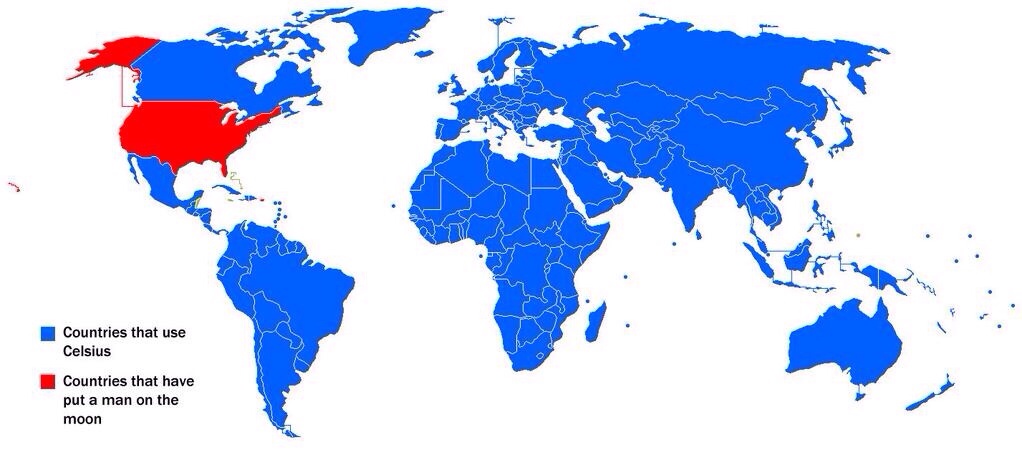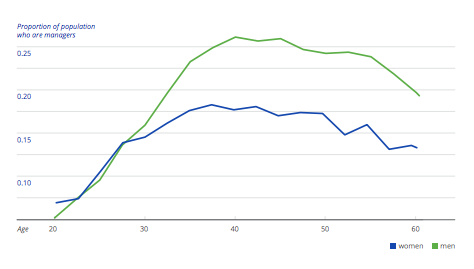For the most part, Corporate Recruiters are paid a salary. That salary ranges widely from organization to organization, industry, function and location. I’ve seen corporate recruiters who make $40,000 and ones that make $150,000. The $150K corporate recruiters are overpaid, let me just throw that out there right off the bat!
Agency recruiters are usually paid some salary and a combination of commission and bonus. The average goal for an agency recruiter compensation model is 1/3 salary, and 2/3’s bonus and commission. So, if your base agency salary is $30K, the hope is you’ll get to $60K through commission and bonus. It takes some time to get to $90K-ish total, but it’s fairly common for agency recruiters to make six figures. Again, this depends on what kind of agency, location, commission structure, etc.
On average, you’ll see more six figure recruiters working on the agency side, then you’ll see on the corporate side, by a wide margin.
So, are agency recruiters worth more than corporate recruiters?
Worth is defined by those paying! What I’ll say to this question is agency recruiters are more likely to ‘prove’ their worth than you’ll see on the corporate side. Which begs the question why has corporate Talent Acquisition not adapted their pay structure to something similar to that of a recruitment agency?
I’ve run both corporate TA shops and agency shops. I can tell you, realistically, there is no reason, that makes sense, not to at least test different pay structures on the corporate side! My goal in was always how do I get my corporate recruiters to be 2/3’s salary and 1/3 bonus. I wanted to make sure there was some performance-based compensation as part of their total compensation.
Here are some reasons I ran into each time I changed the pay structure of corporate recruiters”
- “If you change the pay structure the best recruiters will quit!”
- “We can’t change the salary structure, it’s the law!”
- “Paying bonuses to recruiters in a corporate setting isn’t fair to the other people in HR!”
- “The executives will never agree to performance-based pay in a non-sales role!”
- “We want our recruiters to be hiring manager focused and paying bonuses would change that!”
All of these excuses are complete B.S.!
I did have Recruiters quit everything I came into an organization, but not because of pay. They quit because I made them actually recruit for the first time in their life! They had to pick up a phone, they had hard measures and weekly and monthly goals, they quit because they weren’t recruiters, they were administrators. But, being paid like they were recruiters.
Corporate TA Leaders don’t change their pay structure because they don’t know what to change it to, and change is scary!
I get it. It was the first time I did it as well, but in the long run, we had higher performing recruiters, better hiring manager satisfaction and we flat out performed better as a department, as compared to what we did previously. Here are some tips to making this change:
– Make sure your high performing recruiters can actually make more money in the new model.
– Make sure low performers make less in the new model.
– Set black and white measurable goals before changing pay, and work with these goals for a while before aligning them with compensation.
– Be flexible to change. The first time I did this I found major holes and had to make some immediate changes that were fair to the recruiters and the organization.
– Communicate with your team and executives through this process.
– Have written outcomes you want to see from this change and watch those metrics closely.
– Paying per hire is never a bad thing, just make sure the pay matches the effort of the hire. Don’t pay the same bonus for hiring an admin as you do to hire a Java Developer. I tried to equalize this by the time and effort it took to fill each position. If it took 1/10 the time and effort, the bonus was 1/10 the amount of a full effort position. Again, you’ll have to test and adjust this for your organization. Don’t write it down in stone, to start!
– You’ll never really have to have a performance management conversation again! Oh, you want to make more money….
Recruiting, even in a corporate setting, is a sales type role and should be paid as such. There is no reason why you can’t have a more effective pay structure in your corporate TA department.
Want some help in getting this off the ground? Contact me!




